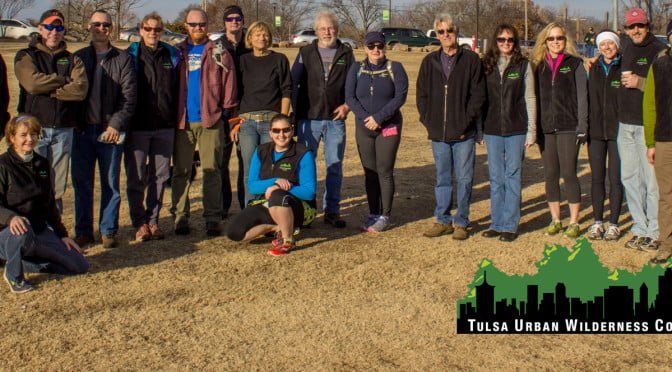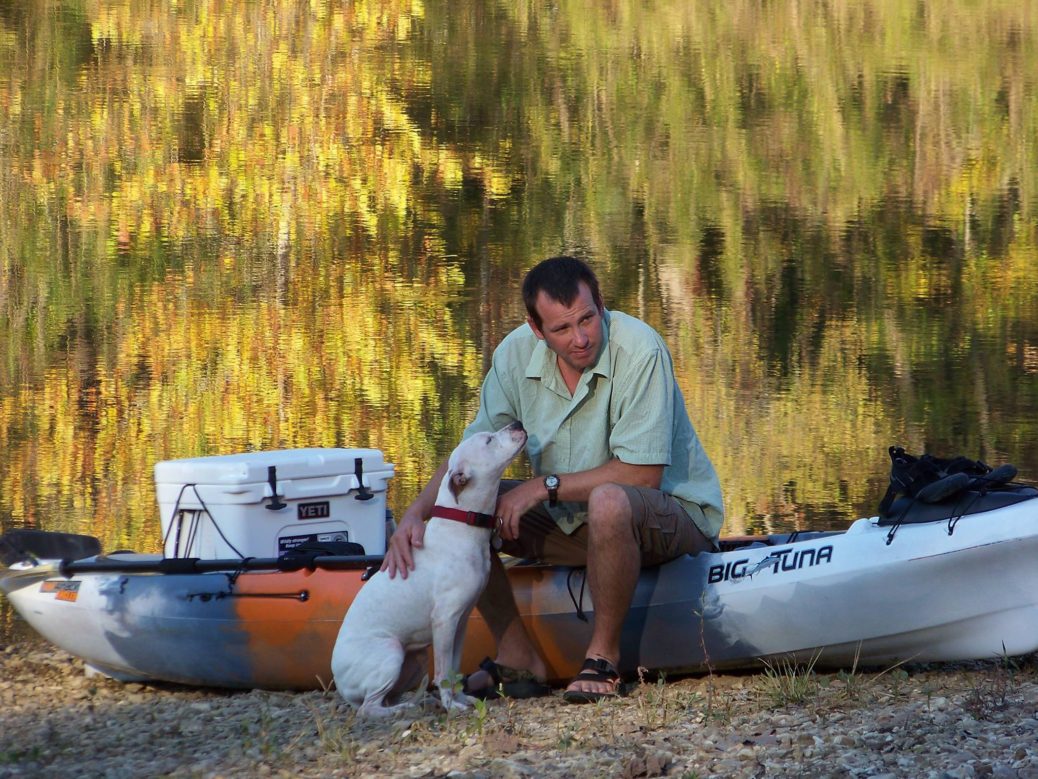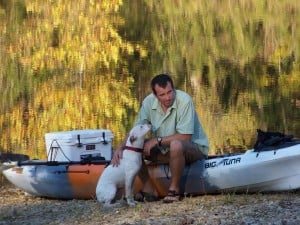


In search for answers on the Arkansas river dams included in the Vision Package we turned to experts for a better understanding. The Shovel Nosed Sturgeon, Paddle Fish, and Least Terns were some of our chief concerns.
Some of you may know Dave Lindo from Tulsa Kayak and Oklahoma Kayak, but did you also know he is a biologist as well? If you have ever spent much time with him outdoors you will notice he catches many subtle things happening that a casual nature observer may miss. This made him the perfect resource to turn to with this question.
When asked this is Daves response, “The current situation is feast or famine in regards to water in the river. Least Terns (endangered) make a living by nesting on the sand bars that get flooded. As part of the project, the federal government requires that like for like habitat be provided for any projects which involve their nesting grounds. Putting a stable water level in the river and creating nesting islands will give these critters a chance to incubate an egg for 21 days without getting flooded.”



Venomous snakes are a fact of life for outdoor enthusiasts in Oklahoma. On a sunny day, snakes can often be found sunning themselves in the most inconvenient places. In Tulsa, we have seen them in the middle of paved trails and dirt trails alike. With the warmer winter and the onset spring, reptiles are emerging from hibernation earlier than usual. Rather than hiding inside until the temperature dips below freezing, we would like to provide these tips from one of our members who has first-hand knowledge of how to best care for a venomous bite.
Leslie, an avid trail runner and mountain biker, offers the following: “I was bitten by a copperhead on my foot almost two years ago up at Grand Lake…and got lucky. Thought I’d share a few things I learned from the experience in hopes to save time if someone were to be bitten.”
• Remain calm if bitten. Take deep breaths to control your heart rate. Pay attention to your body’s reaction the best you can.
• Do not put ice on the bite. This causes the venom to stay in one area and accelerates tissue deterioration.
• Don’t go all Crocodile Dundee and have someone suck the venom out. This is dangerous for both parties.
• Only major hospitals carry anti-venom. My options were St. Francis or go to Joplin. I was in Eucha and was taken by ambulance to Grove Integris Hospital (where they “couldn’t do anything for me”).
• Once at St. Francis, I learned that you have a 6-hour window to receive anti-venom (depending on snake/bite area). The anti-venom takes 1 hour to make. If you receive anti-venom, they will keep you in ICU for 3 days to monitor you, because anti-venom can be more dangerous than the bite itself and have long-lasting side effects.
By the time I made it to St. Francis, I was already on my fifth hour and thankfully was stable enough that I did not need anti-venom, just a night in the hospital and a painful/swollen leg for a couple of weeks.
Being bitten is a scary stressful situation, it is always best to know the information before you need it.
Remember it is always safest to assume every stick is a snake until proven otherwise.
Economic Impact study shows big possibilities for Vision’s river project
“Relative to many such endeavors, we fear that the Tulsa community is ‘behind the curve’ in local amenities in comparison with many cities across the land,” the study states. “Conservative estimates of economic impacts reveal it would require only modest employment and income responses to justify the proposed plan for Tulsa riverfront development.”